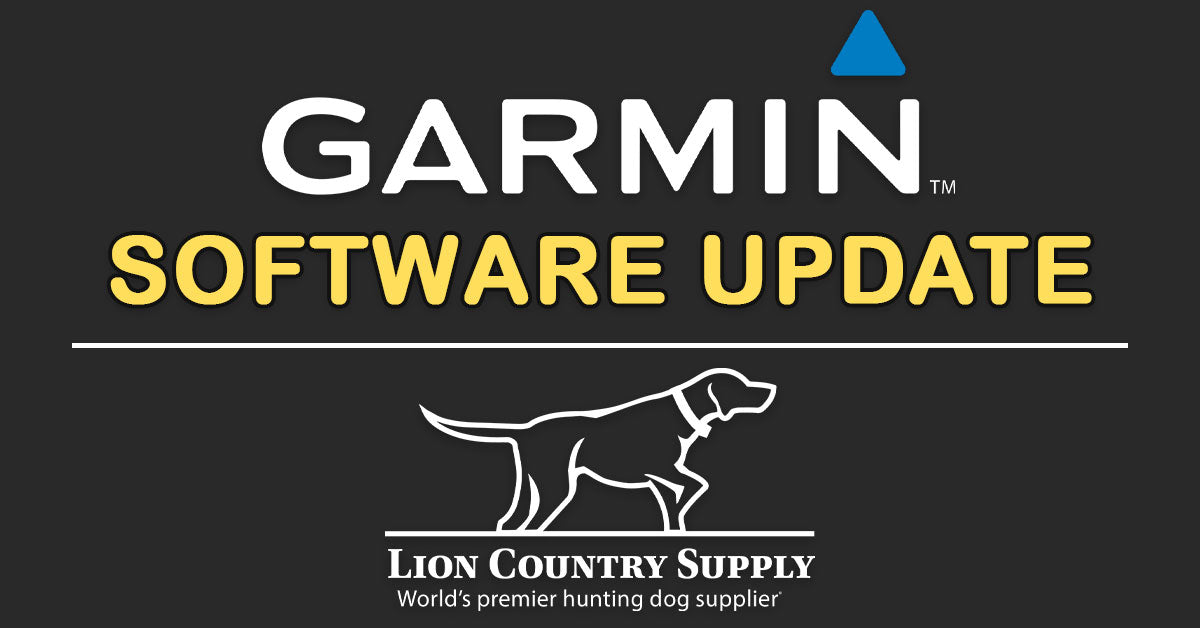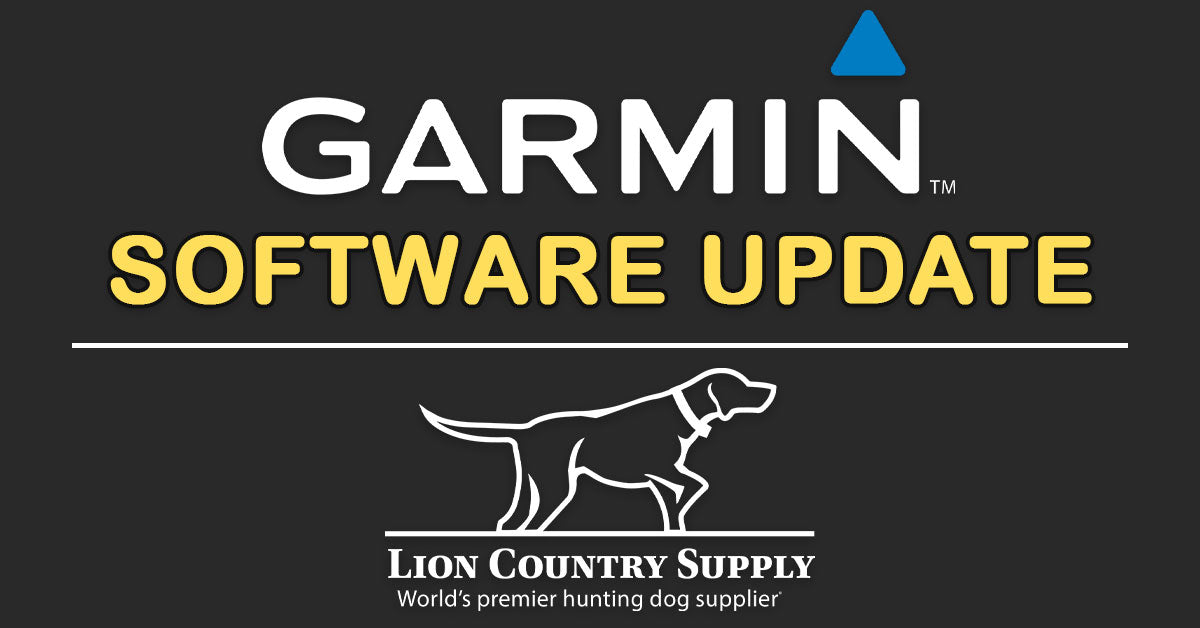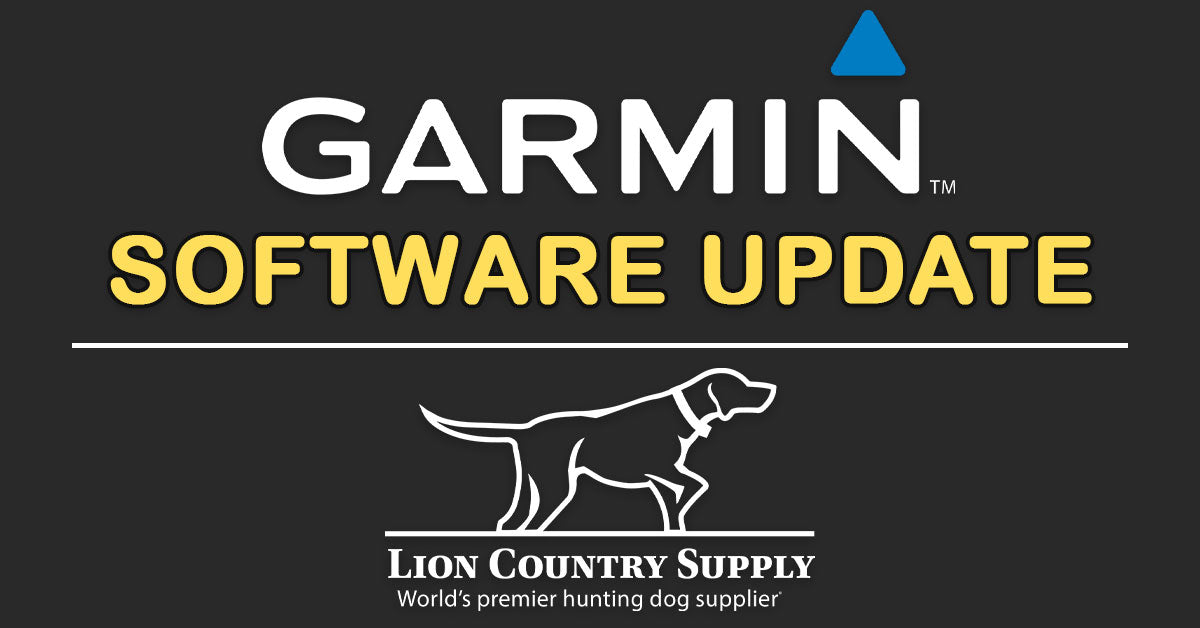Your Cart is Empty


Ivermectin Injectable 50 ml vial
$54.95
Ivermectin Injectable - 1% Solution - 50 ml Vial
Ivermectin Injection is an injectable parasiticide for cattle and swine, that effectively treats and controls the following internal and external parasites that may impair the health of cattle and swine: gastrointestinal roundworms (including inhibited Ostertagia ostertagi...
-
Ivermectin Injectable - 1% Solution - 50 ml Vial
Ivermectin Injection is an injectable parasiticide for cattle and swine, that effectively treats and controls the following internal and external parasites that may impair the health of cattle and swine: gastrointestinal roundworms (including inhibited Ostertagia ostertagi in cattle), lungworms, grubs, sucking lice, and mange mites of cattle; and gastrointestinal roundworms, lungworms, lice, and mange mites of swine.
Cattle:
Ivermectin Injection is indicated for the effective treatment and control of the following harmful species of gastrointestinal roundworms, lungworms, grubs, sucking lice, and mange mites in cattle:
- Gastrointestinal Roundworms (adults and fourth-stage larvae)
- Ostertagia ostertagi (including inhibited O. ostertagi)
- O. lyrata
- Haemonchus placei
- Trichostrongylus axei
- T. colubriformis
- Cooperia oncophora
- C. punctata
- C. pectinata
- Oesophagostomum radiatum
- Bunostomum phlebotomum
- Nematodirus helvetianus (adults only)
- N. spathiger (adults only)
- Lungworms (adults and fourth-stage larvae):
- Dictyocaulus viviparus
- Cattle Grubs (parasitic stages):
- Hypoderma bovis
- H. lineatum
- Sucking Lice:
- Linognathus vituli
- Haematopinus eurysternus
- Solenopotes capillatus Mites (scabies):
- Psoroptes ovis (syn. P. communis var. bovis)
- Sarcoptes scabiei var. bovis
- Persistent Activity
- Ivermectin injection has been proved to effectively control infections and to protect cattle from reinfection with Dictyocaulus viviparus and Oesophagostomum radiatum for 28 days after treatment;
- Ostertagia ostertagi, Trichostrongylus axei and Cooperia punctata for 21 days after treatment; Haemonchus placei and Cooperia oncophora for 14 days after treatment.
Swine:
Noromectin Injection is indicated for the effective treatment and control of the following harmful species of gastrointestinal roundworms, lungworms, lice, and mange mites in swine: Gastrointestinal Roundworms:
- Large roundworm
- Ascaris suum (adults and fourth-stage larvae)
- Red stomach worm, Hyostrongylus rubidus (adults and fourth-stage larvae)
- Nodular worm, Oesophagostomum spp. (adults and fourth-stage larvae)
- Threadworm, Strongyloides ransomi (adults)
- Somatic Roundworm Larvae:
- Threadworm, Strongyloides ransomi (somatic larvae)
Sows must be treated at least seven days before farrowing to prevent infection in piglets.
- Lungworms
- Metastrongylus spp. (adults)
- Lice
- Haematopinus suis
- Mange Mites
- Sarcoptes scabiei var. suis
Dosage & AdministrationNoromectin Injection is formulated to deliver the recommended dose level of 200 mcg ivermectin/kilogram of body weight in cattle when given subcutaneously at the rate of 1 mL/110 lb (50 kg). In Swine, Noromectin Injection is formulated to deliver the recommended dose level of 300 mcg ivermectin/kilogram body weight when given subcutaneously in the neck at the rate of 1 mL per 75 lb (33 kg).
Withdrawal Period
Do not treat cattle within 35 days of slaughter. Because a withdrawal time in milk has not been established, do not use in female dairy cattle of breeding age. A withdrawal period has not been established for this product in pre-ruminating calves.
Do not use in calves to be processed for veal.
Do not treat swine within 18 days of slaughter.
Contraindictions, Warnings etcThis product is not for intravenous or intramuscular use.
ADVERSE REACTIONS:Transitory discomfort has been observed in some cattle following subcutaneous administration. A low incidence of soft tissue swelling at the injection site has been observed. These reactions have disappeared without treatment. For cattle, divide doses greater than 10 mL between two injection sites to reduce occasional discomfort or site reaction. Observe cattle for injection site reactions. Reactions may be due to clostridial infection and should be aggressively treated with appropriate antibiotics. If injection site infections are suspected, consult your veterinarian. Mild and transient pain reactions may be seen in some swine following subcutaneous administration. Noromectin Injection for Cattle and Swine has been developed specifically for use in cattle, swine, reindeer, and American bison only. This product should not be used in other animal species as severe adverse reactions, including fatalities in dogs, may result.
ADVICE ON CORRECT ADMINISTRATIONUse sterile equipment and sanitize the injection site by applying a suitable disinfectant. Clean, properly disinfected needles should be used to reduce the potential for injection site infections. Cattle: Noromectin Injection is to be given subcutaneously only, to reduce risk of potentially fatal clostridial infection of the injection site. Animals should be appropriately restrained to achieve the proper route of administration. Use of a 16-gauge, 1/2 to 3/4 inch needle is suggested. Inject under the loose skin in front of or behind the shoulder. When using the 250, 500 or 1000 mL pack size, use only automatic syringe equipment. No special handling or protective clothing is necessary. Swine: Noromectin (ivermectin) Injection is to be given subcutaneously in the neck. Animals should be appropriately restrained to achieve the proper route of administration. Use of a 16- or 18-gauge needle is suggested for sows and boars, while an 18- or 20-gauge needle may be appropriate for young animals. Inject under the skin, immediately behind the ear. When using the 100, 250, 500 or 1000 mL pack size, use only automatic syringe equipment. As with any injection, sterile equipment should be used. The injection site should be cleaned and disinfected with alcohol before injection. The rubber stopper should also be disinfected with alcohol to prevent contamination of the contents.
Observe label directions and withdrawal times. Consult your veterinarian for assistance in the diagnosis, treatment, and control of parasitism. Do not use in female dairy cattle of breeding age or in calves to be processed for veal. Do not use in unapproved species as severe reactions, including fatalities in dogs, may result. See product labeling for full product information.
Pharmaceutical Precautions:
Store at 59° to 86°F (15° to 30° C). Protect from light.
This product is not available for sale or shipment to California residents!
-

Garmin Alpha® T20 & TT25 Dog Collar Software Update v2.19
Garmin has released a new software update (v2.19) for the Garmin Alpha® T20 and TT25 dog tracking collars. This update addresses Wi-Fi connectivity issues to ensure smoother updates and more reliable performance when preparing your gear for the field.

Garmin Alpha® 300, 300i & 200 Plus Software Update v8.05
Garmin has released a new software update (v8.05) for the Garmin Alpha® 300, Alpha® 300i, and Alpha® 200 Plus handhelds. This update addresses a key usability issue and ensures your Garmin dog tracking system continues to run reliably in the field.

Garmin Alpha® XL Software Update v5.30 – New Features for Hunters & Dog Tracking
The Garmin Alpha® XL handheld just got better with the release of software version v5.30, bringing new features, performance improvements, and time-saving tools designed for hunters, trainers, and dog owners who rely on Garmin GPS dog tracking systems in the field.



